Last week in Ladakh I went panting from one Buddhist monastery to another. Culturally, racially and historically, Ladakh is Tibetan, and the type of Buddhism practised there is Tibetan Buddhism. With a knowledgable local guide we visited the great Ladakhi monasteries at Basgo, Likir, Thikse, Alchi and Lamayuru. At each one we climbed the steps, took off our shoes and paid our respects in the inner temples. Once our eyes had become accustomed to the dark, we examined the carved, gaudily painted statues of Buddhas, deities, personifications, guardian spirits, Bodhisattvas and whatnot that we found within.
The guide conscientiously explained these representations’ various functions and positions within the Buddhist cosmology. It was all very fascinating and I tried hard to commit the essentials to memory. But the complicated iconography strained my powers of comprehension to the limit. The thin air didn’t help, and every day I was distracted, perhaps for the same reason, by the insistent promptings of chronic flatulence. There are at least five Buddhist denominations, if I might put it like that, which can be divided for simplicity’s sake into ‘red hats’ or ‘yellow hats’. This useful fact I managed to retain. (His Holiness the Dalai Lama is a yellow hat.) But what interested me more than anything else were the many hideous representations in these temples of malign spirits.
Before Buddhism came to Ladakh and Tibet, everybody adhered to the Bon religion, which was essentially devil worship. Later, a Buddhist missionary called Padmasambhava personally subjugated these demons and set them to work in the service of the Buddha. After that they became known as ‘the Guardians of the Law’. There are nine principal demons: Yama, Yamantaka, Kubera, Hayagriva, Brahma, Begtse, Mahakali and Palden Lhamo.
Take Palden Lhamo, for example. She killed her son, the story goes, then skinned him, drank his blood from his skull, ate the flesh, then rode away on a horse using her son’s flayed skin as a saddle. Reborn in hell, she stole a sword and a bag of diseases and fought her way back to earth, where the Lord Buddha forgave her and gave her the job of protecting the polity of Tibet. Given communist China’s suppression of Buddhism in Tibet since 1962, Palden Lhamo, I would suggest, seriously needs to have a word with herself and step up to the plate.
One afternoon, instead of us visiting a monastery, a Buddhist monk came to the house for a cup of tea and a chat. Thupstan Paldan is 73 years old. A monk since the age of 13, Thupstan was sent for training at the famous Drepung monastery at Lhasa, but the violence attending the Tibetan rebellion of 1959 forced him and 10,000 other monks to flee the country. He was a tall, agile, genial man who spoke good English. ‘You can say anything you like to me, even insult me, but I won’t get angry,’ he promised me, raising his teacup carefully to his lips and slurping his tea. He immediately bridled with indignation, however, when I asked him whether he had attained enlightenment. ‘Who can say!’ he spluttered. ‘Who can know it, either of himself or of others!’ Then he calmed down and said quietly, ‘I don’t think so. No. It’s terribly difficult being a monk. One must study and practise constantly. It’s terribly, terribly difficult. You’ve no idea.’
I changed the subject. ‘So what are all these demons?’ I said. ‘The Guardians of the Law? They are helpers and protectors.’ ‘But they are evil spirits, surely? What place can evil spirits have in Buddhism?’ ‘Evil spirits? I’m not sure that we Buddhists believe in the concepts of good and evil. We simply respect all sensual, sentient beings, including, if you like, “demons”. Everything changes. People progress or regress throughout their successive lives. Even the Gods can fall into bad habits, and the demons, as you call them, can improve.’
I considered this. I wondered who, for example, the Honourable Member for Leicester East was in his previous life, and I wondered what he or she had done to deserve such an unusual punishment. Then, conscious of an intolerable tightness around my middle, I raised myself imperceptibly up on to one buttock to let out some wind as silently as possible. ‘But you have no God?’ I said. If the sound of a tiny outboard motor somewhere was audible to him, the monk gave no sign of having heard it. ‘No. No God,’ he said, placidly. ‘We know only four things. Suffering is truth. The origin of suffering is truth. Cessation of ignorance, hatred and desire is truth. The Path is truth.’
With his help, I wrote these four things down in my notebook and since that day I have revisited them from time to time. The first I totally get. Tick. Maybe the second, too. Half a tick. The rest I’m still working on.
The post Low life appeared first on The Spectator.
Got something to add? Join the discussion and comment below.
Get 10 issues for just $10
Subscribe to The Spectator Australia today for the next 10 magazine issues, plus full online access, for just $10.
You might disagree with half of it, but you’ll enjoy reading all of it. Try your first month for free, then just $2 a week for the remainder of your first year.

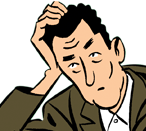
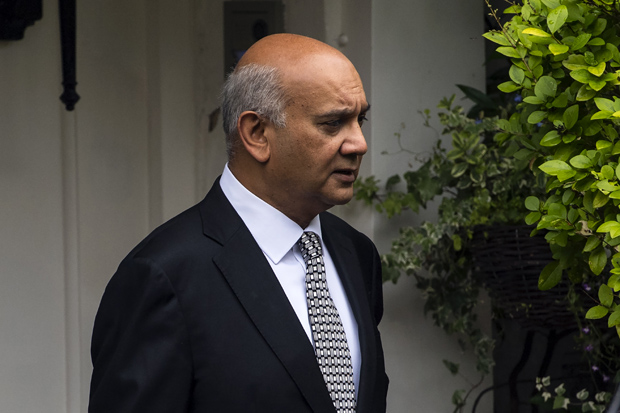

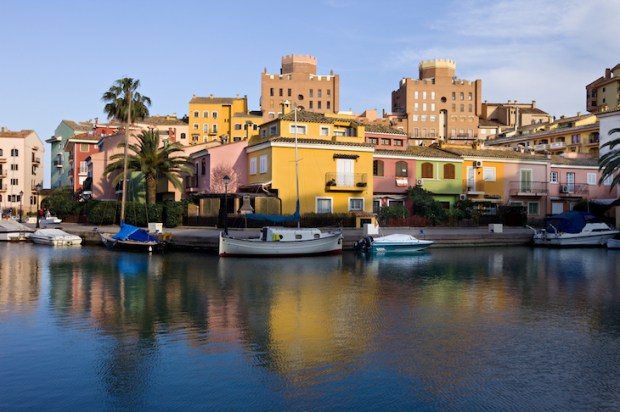

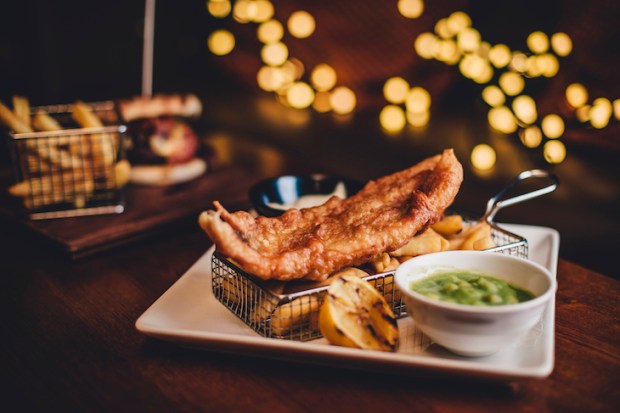
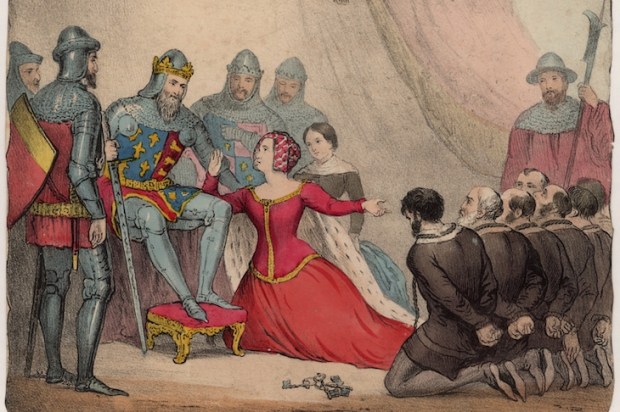
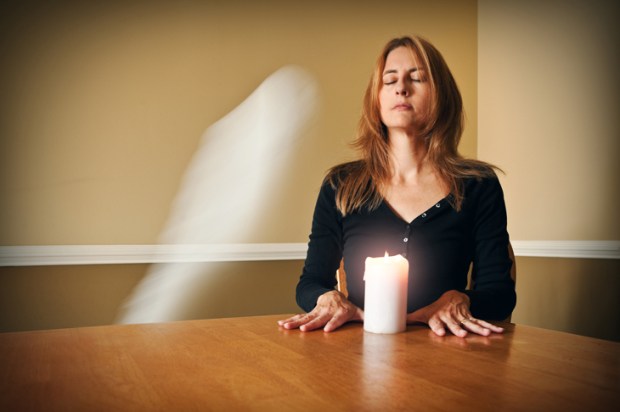






Comments
Don't miss out
Join the conversation with other Spectator Australia readers. Subscribe to leave a comment.
SUBSCRIBEAlready a subscriber? Log in